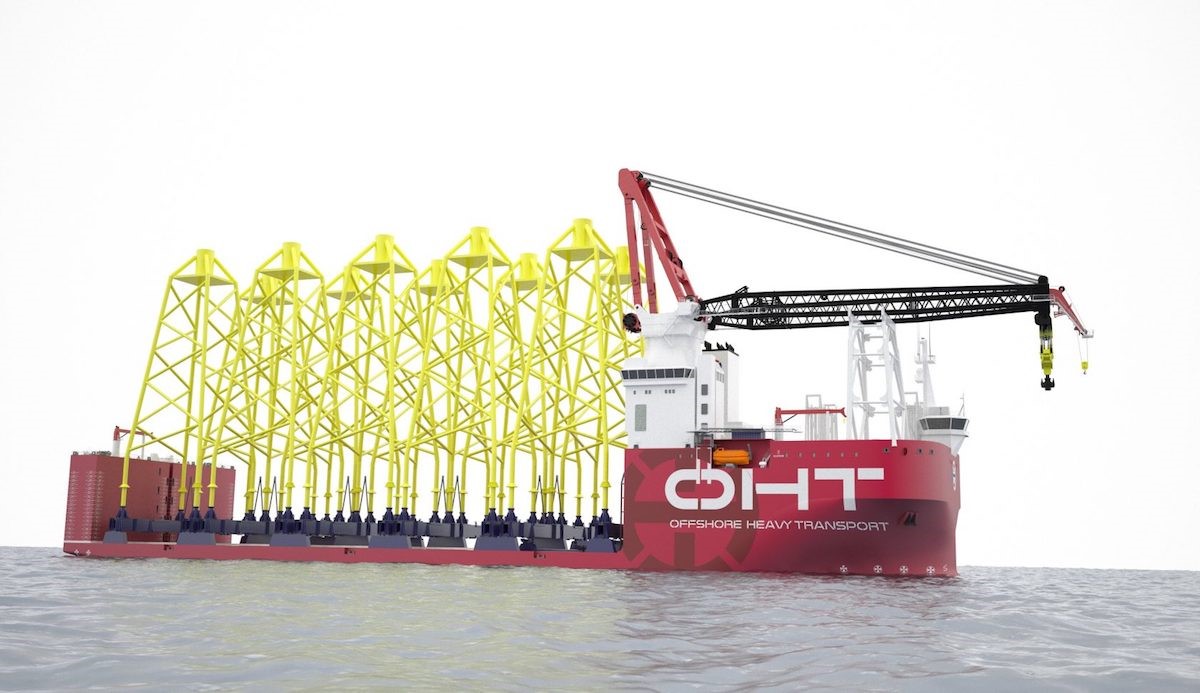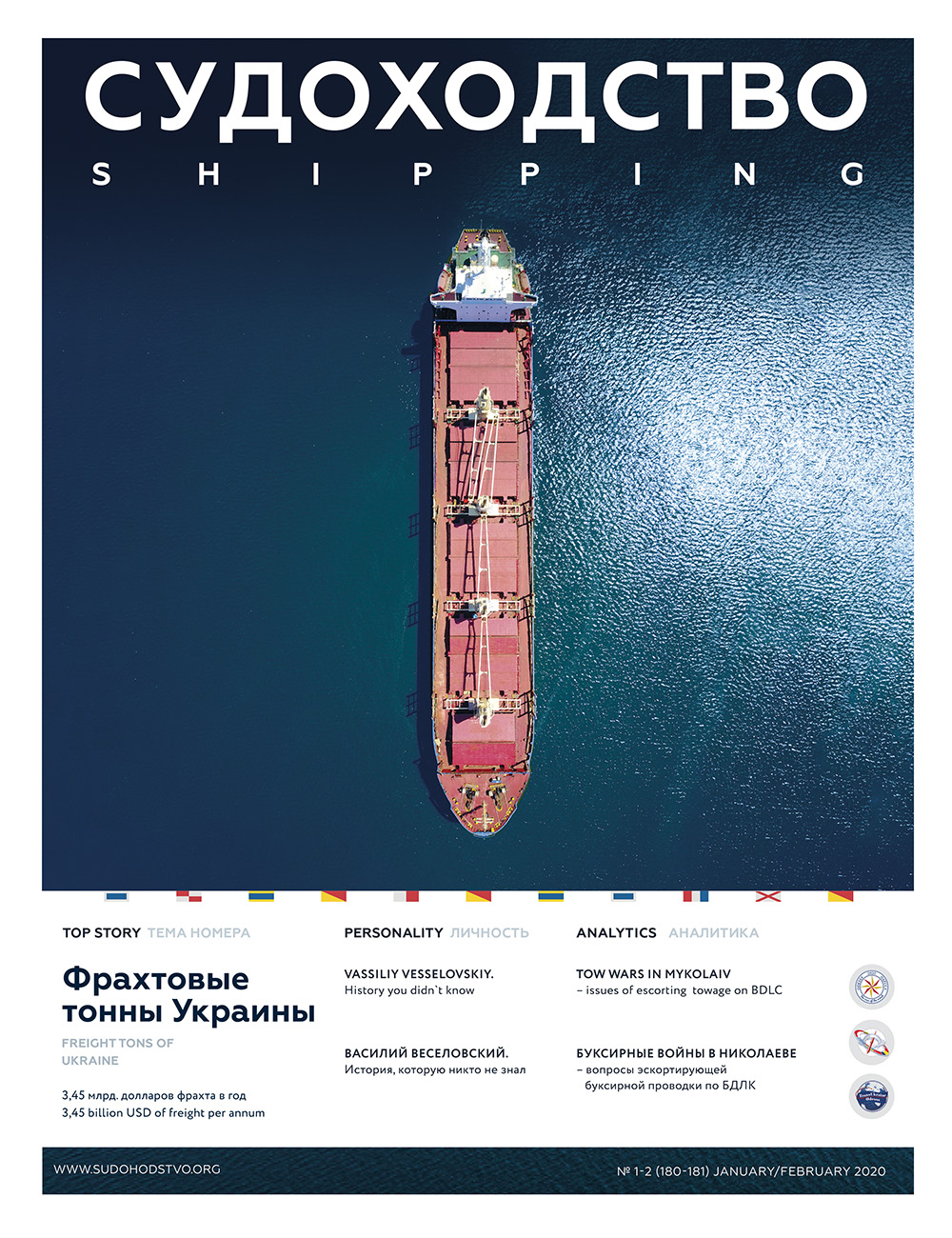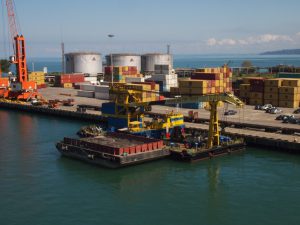Larysa Yeroshkina
Shipping
Shipbuilding enhancement in Ukraine is only possible on condition of national fleet revival – this is the Ukrainian Shipbuilders’ Association «Ukrsudprom» vision of shipbuilding industry future.
Moreover, shipbuilders have a strict plan how to restart the building of the national fleet in the national shipyards.
There were 3 ships built for export and 25 for the domestic market in Ukraine during 2018/2019 marketing year. 108 vessels of overseas customers and 263 units of the national fleet were repaired. However, it is just a part of the potential capacity of shipbuilding and repairing enterprises of the country. To launch «the starter» of the industry, it is necessary to have support of the Government and the business involvement.
Sergii Lysenko, Executive Director of the Ukrsudprom Association, discussed this in his report during the Roundtable «Development of Inland River Shipping – Way to the Revival of the Ukrainian Shipbuilding» held on the 20th of September this year in Mykolaiv as a part of the International Transport Forum «Trans Expo Odessa-Mykolaiv 2019» in the shipyard of the Nibulon Company.
Demand increases competition
For the period from 1993 to 2018, the tonnage growth rates of ships increased more than by three times at the global shipping market: from 683.689 mln t to 1.924 bln tons of deadweight (DWT). At the same time, the growth dynamics of the Ukrainian merchant fleet shows reverse results: the deadweight reduced by 16.5 times for the said period – from 6177 thou to 374 thou t. Herewith, most of vessels are over 30 years old. Is it possible to recommence building of national ships in the Ukrainian shipyards?
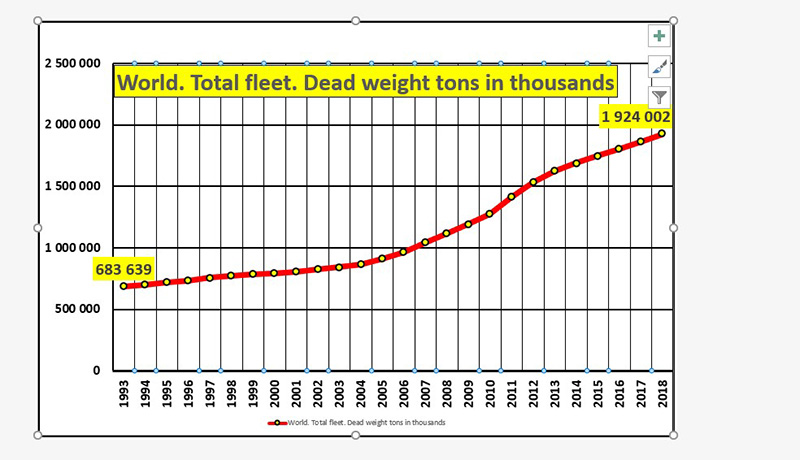
Diagram 1. World. Total fleet. Deadweight tons in thousands
Capacities of the Ukrainian shipbuilding enterprises allow building of 17 river-sea ships and 20 passenger motor cruisers a year.
Nowadays, Ukraine has 10 large shipbuilding and 5 ship-repairing enterprises. The enterprises are capable of building and repairing ships 100 and over meters long, their staff is more than 250. Besides, the industry has several dozens of medium-size and small ship-repairing yards building a small-capacity fleet – yachts, boats, motor boats of up to 20 m long, as well as 15 engineering and scientific organisations. In 2018, the volume of sales in shipyards increased to 3 bln UAH, making 257% of the index in 2015. Sales volumes in the shipbuilding domain increased by 193% and by 208% in the ship-repair.
Three ships have been built for export and 25 for the domestic market for 2 years. About 6000 people work in this industry: 4000 are engaged directly in shipbuilding. Positive fact is that 937 new jobs have been created in shipbuilding for the past two years. However, the data presented are reflect just one-tenth of the national enterprises’ potential. For the record, 93 thousand Ukrainian shipbuilders worked in this field in the early 90s. 26 thousand people worked at the Crimean shipyards. Herewith, 70% of the total number were engaged directly in the shipbuilding. In 1990, 73 complete ships were built in the Ukrainian shipyards.
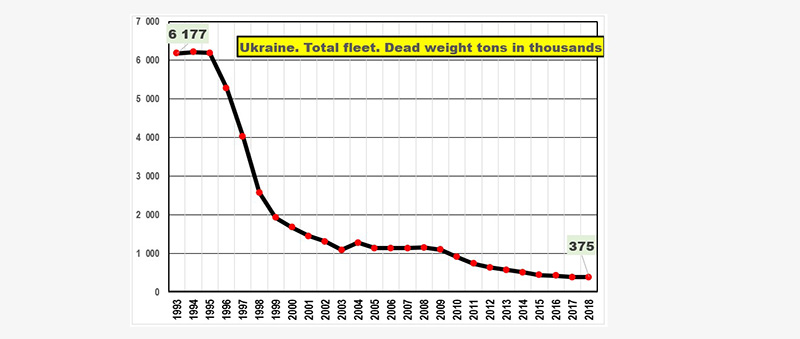
Diagram 2. Ukraine. Total fleet. Deadweight tons in thousands
The business in Ukraine does not show any interest in the fleet building for their activities.
Presently, ships are built only in five large Ukrainian shipyards out of the ten operating. They are: Agricultural Holding «Nibulon», Yard «Pallada», Company «Smart Maritime Group», as well as Yard «Kuznia Na Rybalskom», contractor of the Ukrainian Navy.
In all, the available capacities of the Ukrainian shipbuilding enterprises allow launching of 17 river-sea ships (4-7 thou DWT, length – 110-140 m and width – up to 18 metres taking into account river gates) and 20 passenger pleasure-boats.
From the shipbuilders` viewpoint, the data presented enable us talk about a chance to increase production; however, there is a problem.
Neither the state sector nor business show their interest in building fleet except for the Administration of Sea Ports of Ukraine, whose plans contain a fleet renewal programme for the nearest three years, and a grain company that plans to build six barges and two tugs for their own use.
Warning from the sipbuilders runs: Ukraine will not become a competitive ship-building country on the international market if there will be no demand of fleet building at the domestic market.
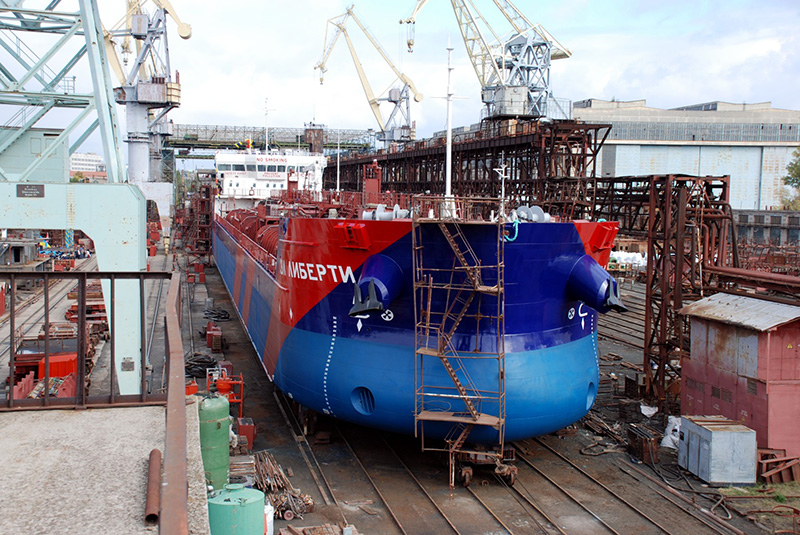
Shipbuilding sector needs preferences
Shipbuilding cannot develop without State regulatory support. Sergii Lysenko gave an example of the Organisation of Economic Cooperation and Development (OECD) that had elaborated requirement for the countries-shipbuilders being their members. According to the document, credit in the sector is extended in the amount of 80% of a vessel cost at 8% interest per annum for 10 years. However, in Japan credit is extended at 5% interest per annum, in Spain – in the amount of 85% of a vessel cost, in the USA – 87.5% for the period of 25 years.
Besides, customs duties for importation of shipbuilding equipment and materials in many countries are significantly lower than in Ukraine; in China and Poland those duties are abolished.
Shipbuilders claim that a respective legislative framework and preferences are required to develop the sector. Let us remember that there was a special system of financial regulation in Ukrainian shipbuilding sector in 2000-2004, due to which shipbuilding began to revive actively.
A bright example is the Okean shipyard in (city Nikolaev). The Dutch shipbuilding company Damen Shipyards Group, which bought 98.7% of the shipyard’s shares in 2000 became their first investor. The investor managed to steer the Okean out of crisis. Thus, in 2000 – 2006 the shipyard launched 55 vessels having deadweight from 6 to 24 thousand tons. Then, however, the law «On the Special Economic Zone «Nikolaev» was abolished and the investor left.
That is why the main task of the State today is to create favourable conditions for investors as they are reluctant to come to Ukraine because of financial and political risks.


